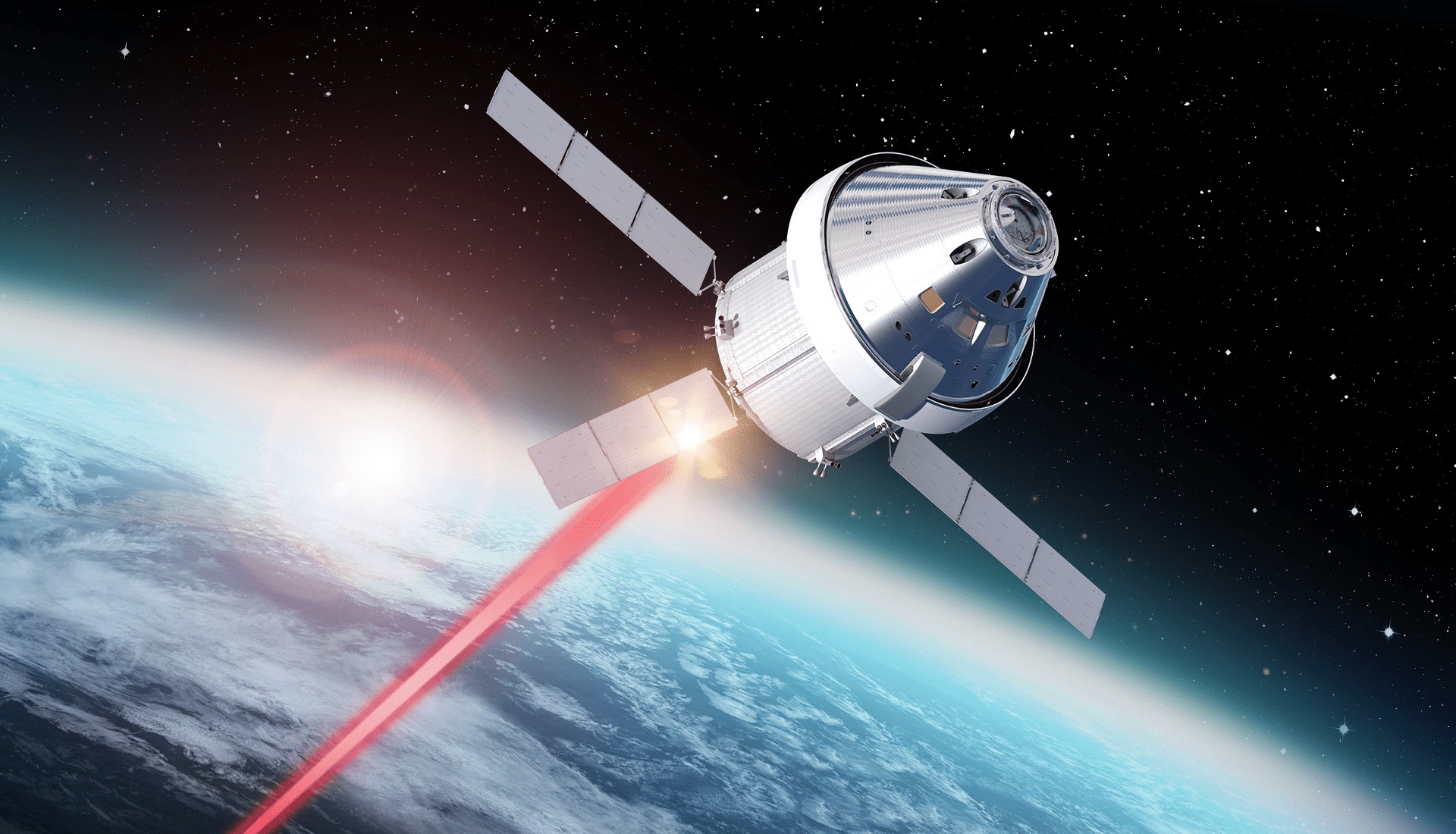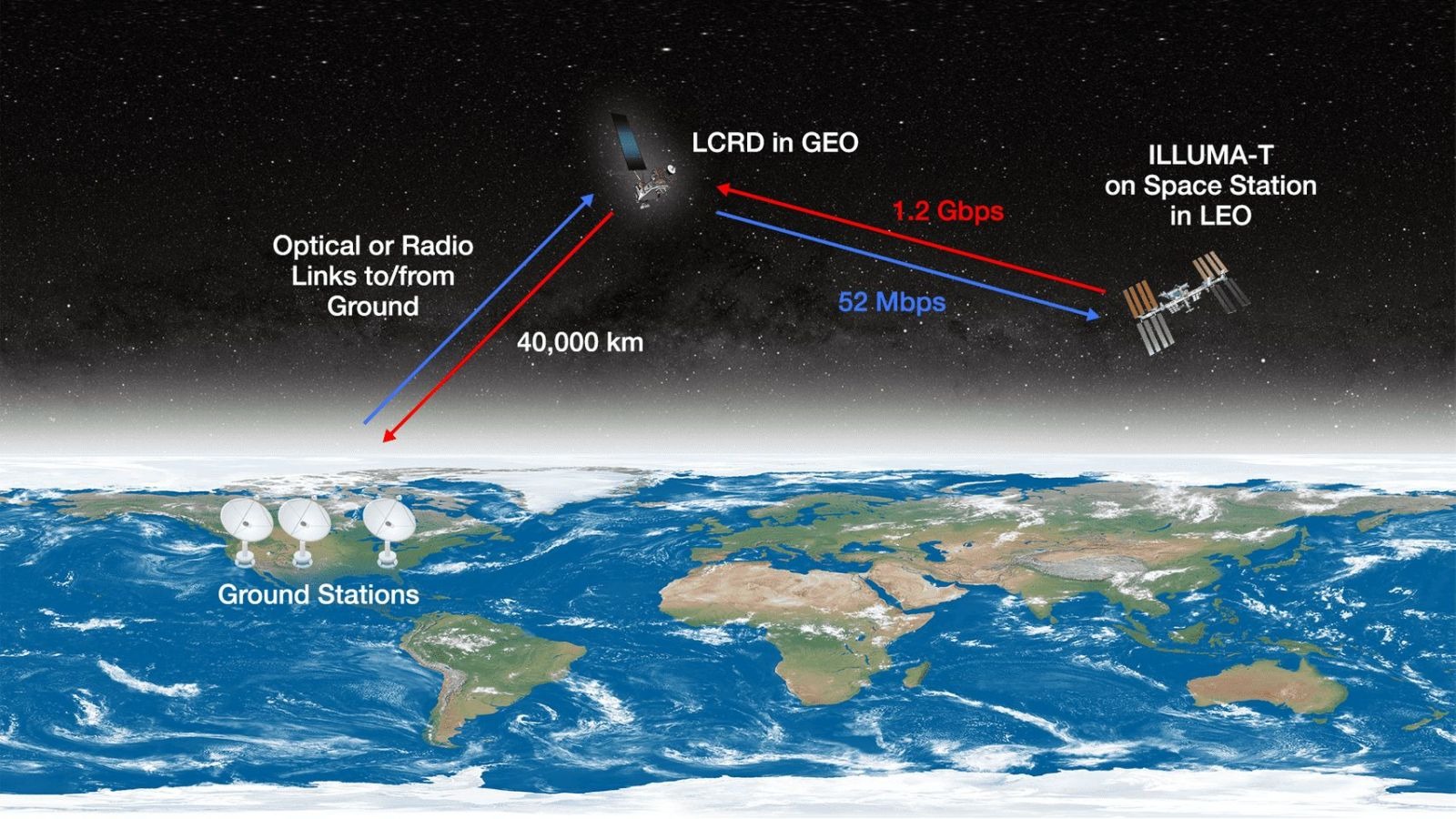NASA’s Artemis II mission is scheduled for 2024, if there are no delays. It will be an outstanding flight not only because it will include a crew of four astronauts who have visited the orbit of the Moon for the first time since 1972, but also because it will use laser “shots” as an improved method of communication between spacecraft.

Previously, NASA relied on radio signals to transmit any scientific data from the probes to Earth. However, lasers have the ability to significantly increase the amount of transmitted data that spacecraft can send to Earth. NASA is ready to test this technology from the vicinity of the Moon. The technology was named Orion Artemis II Optical Communications System (O2O).
“Aboard the Orion capsule, the O2O system will send back high-resolution images and videos from the Moon’s orbit,” NASA explains. If all goes according to plan, the system should allow viewers on Earth to see the Moon in real time like never before.
Space Internet for Artemis
Imagine that you have dial-up Internet access for years, and then switch to gigabit fiber. In fact, this is what NASA hopes to achieve for its future spacecraft. To lay the foundation for future laser communications, NASA has previously launched several demonstration satellites.

In 2021, the Laser Communications Relay Demonstration (LCRD) became the agency’s first laser transmitter in space. After that, in 2022, CubeSat TeraByte InfraRed Delivery (TBIRD) was launched, which reached a data transfer rate of 200 Gbit/s. As a signal amplifier, NASA uses the ILLUMA-T terminal, which will be installed in the Japanese module of the International Space Station (ISS). After launch, ILLUMA-T will transmit data to Earth in NASA’s first end-to-end laser relay communication system, laying the foundation for the O2O system that will be aboard Orion during Artemis II.
On board Artemis II, NASA expects to transmit not only high-resolution images, but also video. If everything goes according to plan, we can see the video from the Moon’s orbit live in 4K resolution.
Earlier we reported on how NASA assembled the SLS stage for the Artemis II mission.
Follow us on Twitter to get the most interesting space news in time
https://twitter.com/ust_magazine

